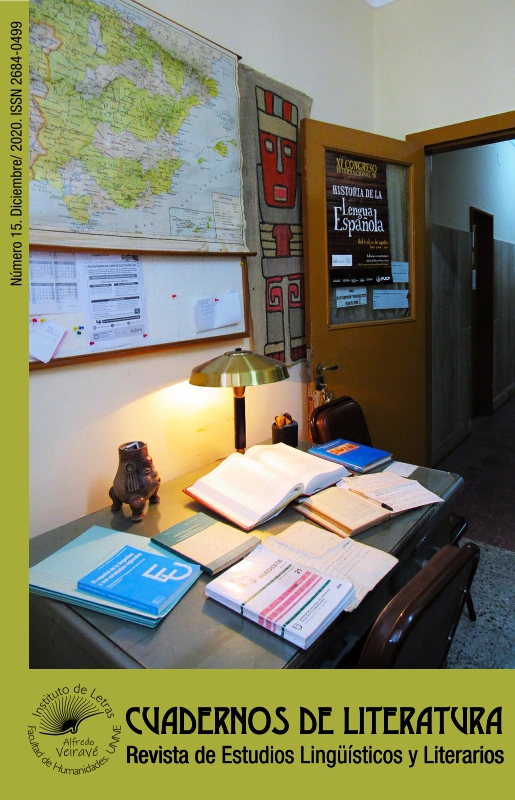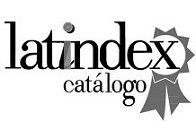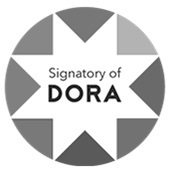The particle y. Discursive marker in Argentine Spanish
DOI:
https://doi.org/10.30972/clt.0154709Keywords:
Left periphery, Markers, Discourse, SyntaxAbstract
In this paper we describe the values of the particle y in its non-coordinating usages in Argentine Spanish. Our study this particle within the framework of Generative Grammar, more specifically, within the cartographic theory of the left periphery of the sentence (Rizzi, 1997 and following and Cinque, 1999). The corpus of data studied belongs to the variation of Spanish spoken in Argentina and it was submitted to a survey answered by 125 subjects between 20 and 65 years old. According to our analysis, this particle –following the denomination and characterization of Martín Zorraquino (1992)– in Argentine Spanish presents, in addition to the characteristics of the conjunction, those of a discourse marker as Martín Zorraquino and Portolés Lázaro (1999) define it, i.e. it is an invariable unit that has a content coincident with that of discourse and guides inferences in communication. We review and contrast its operation taking into account its scope, the polarity marks, its lack of positional freedom, within the Complementary Phrase, and thus we observe both an emphatic value (Kany, 1969), and a distance value with respect to the previous statement –counter-argument or denial– and another digresor –change or start of a new topic–.









52.jpg)









